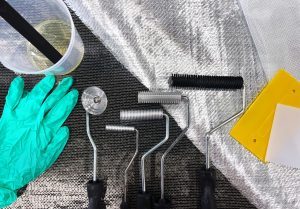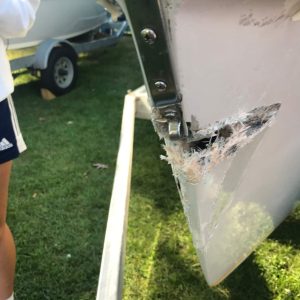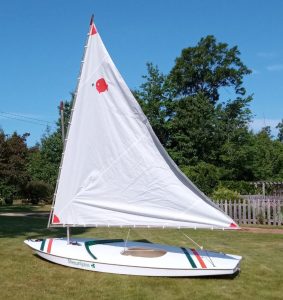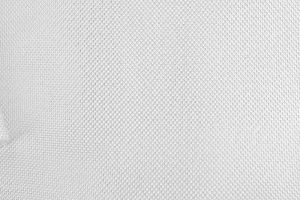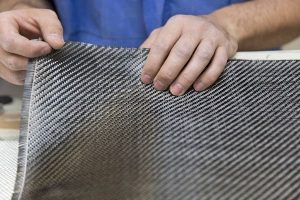The right epoxy resin tools for the job By Avery Jorgensen, GBI Composite Materials Engineer Wetting out fabric is very important when making or repairing any composite part. Encapsulating each fiber in resin assures the highest level of strength and durability possible. Most of us do it without thinking about what the best way might […]
